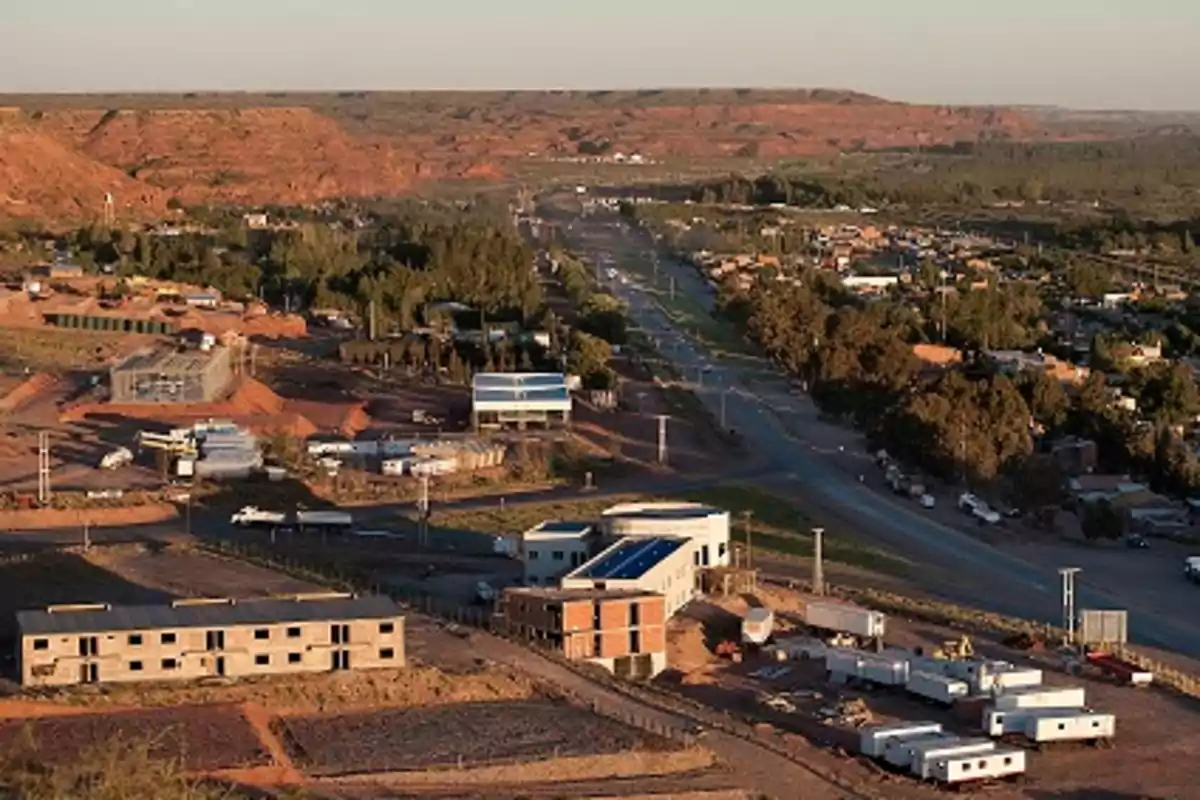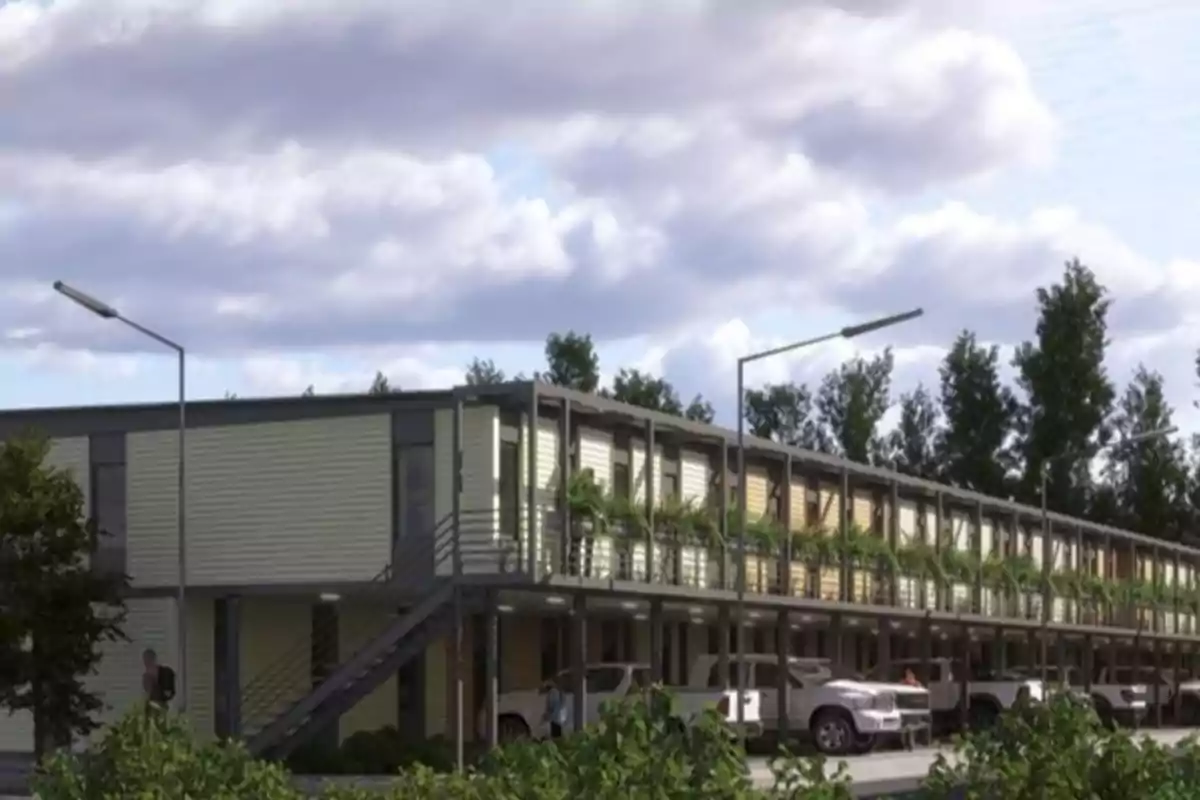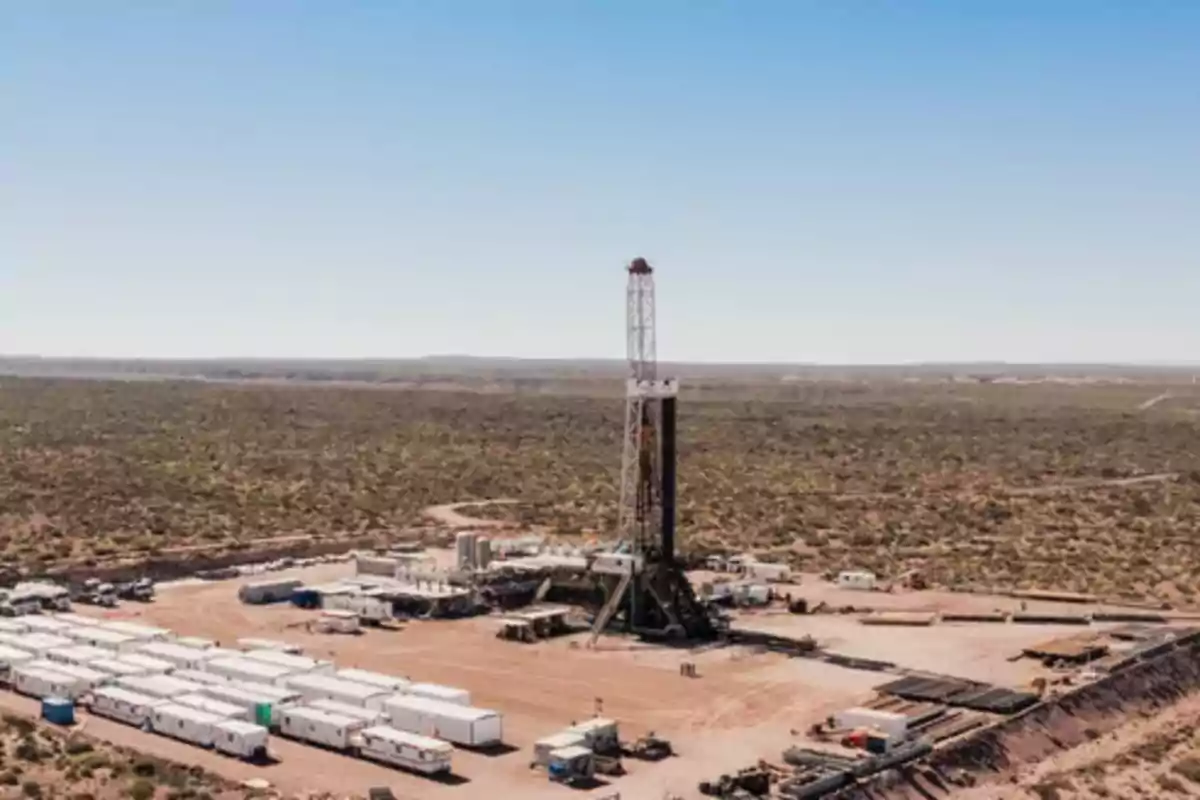
The mayor of Añelo was in Córdoba enticing investors for Vaca Muerta.
They plan for the city of Neuquén to grow from 4,000 to 100,000 inhabitants in the coming years
Añelo's mayor, Fernando Banderet, in the heart of the great Vaca Muerta oil field, was in Córdoba showcasing his city's potential to attract investors.

Dozens of builders, industrialists, businesspeople, and investors listened to him during a breakfast at Grupo Edisur's building, a Córdoba-based construction company that was a pioneer in Neuquén by taking advantage of the area's boom due to oil and gas exploitation.
These are different times. Previously, businesspeople would go knocking on the doors of national, provincial, and municipal governments to beg for some public works. Now, it is the mayor of a city with enormous potential who seeks to entice private investors.
There is much to be done in the south. "Añelo needs everything. There are about 5,000 possible different business opportunities," Banderet stated.

Currently, 11,000 residents live in Añelo, joined by 15,000 workers. It is a city that pulses at an unceasing pace. Twenty-five thousand cars and 5,000 trucks loaded with sand cross it every day.
There is a lack of infrastructure to improve logistics and connectivity; housing, businesses, hotels, hospitals. Everything. That's why the mayor sought to entice private investors.
It is also well known that the oil field has enormous potential, considered the world's second-largest gas reserve and the fourth-largest oil reserve.
The history of Vaca Muerta
Vaca Muerta was discovered in the late 1970s, but it was not until 2011 that serious investments began to arrive.
The word Añelo started to become familiar just a few years ago. Its strategic location, close to almost all of Vaca Muerta's oil fields, makes it a special place.
Grupo Edisur bet on Vaca Muerta some time ago by developing Proyecto Alamos, a residential complex whose first stage consists of 54 apartments (3,000 square meters[32,292 square feet]). It was built in six months through modular construction. It was done in partnership with the Rosario-based company ZLT.
Today, those apartments are rented to oil service companies and according to Horacio Parga (h), Edisur executive, occupancy is at 95%, with a 12% return. "The demand for housing is very significant," said the group's executive, who will travel there again in the coming days.
The modular construction company Cititek, part of the Córdoba-based firm, was the one that carried out the project.
The company is working on the next stages, which include 52 residential apartment units (covering 1,900 m2[20,451 square feet]), a hotel with between 80 and 100 rooms, and a commercial area of 4,000 m2[43,056 square feet].
Añelo needs infrastructure for 25,000 people. Until recently, it did not have natural gas. Water is scarce.
In winter, the temperature drops to -15°C (5°F) and in summer it reaches 45°C (113°F).
Private investments in Vaca Muerta
This is why a partnership with the private sector was considered to drive investments and projects.
"Public-private partnership was the foundation for development. For that, we first had to establish regulations that had never been done before, especially in a city like Añelo," Banderet explained.

Añelo's city government plans to design a city for 100,000 residents with all services.
Various entities estimate that by 2031 there will be about 50,000 residents and by 2050, 200,000.
The projects include roads, railways, an airport, a bus station, schools, clinics, shopping malls with galleries, restaurants, and cinemas, even five-star hotels.
The trip from Buenos Aires or Córdoba takes 1 hour and 40 minutes by plane to Neuquén. From there, covering the 70 kilometers (43.5 miles) to Añelo takes another three and a half hours on dangerous roads.
Railways will be built to reduce heavy cargo transport by 50%.
These are projects that must endure over time.
"We do not want an investor to come and set up a small tent just to seek a quick return. We are looking for quality investments," said Banderet.
The official encouraged investors by explaining that Añelo's potential is long-term. "The oil production window is 50 years, while for gas, it is 150 years," he added.
More posts: